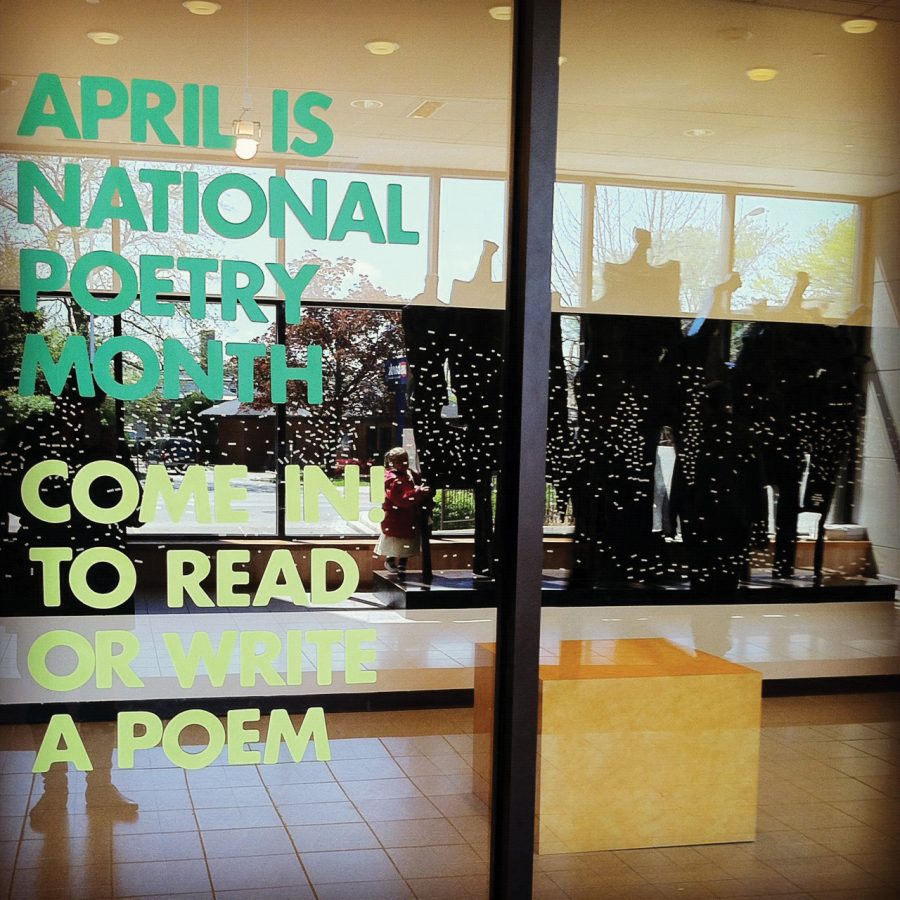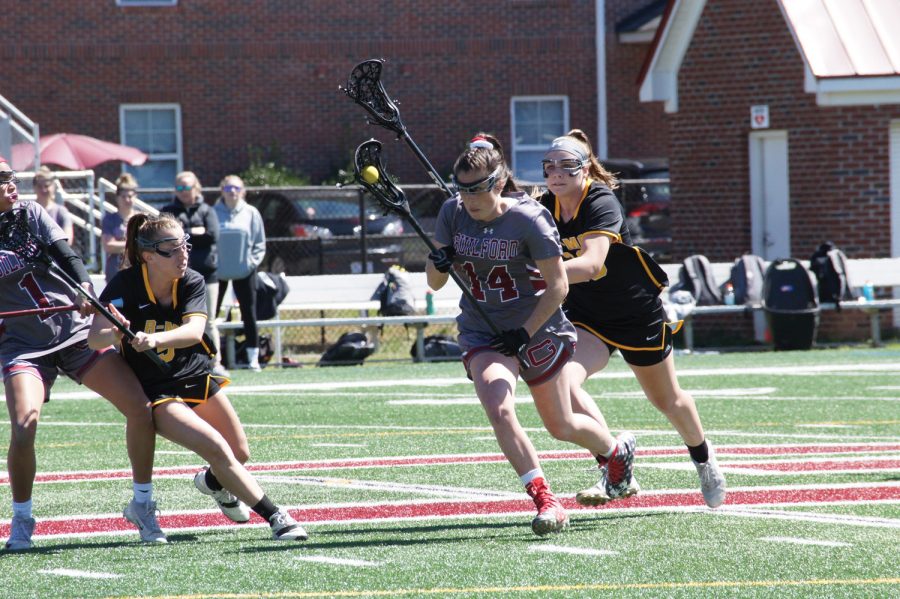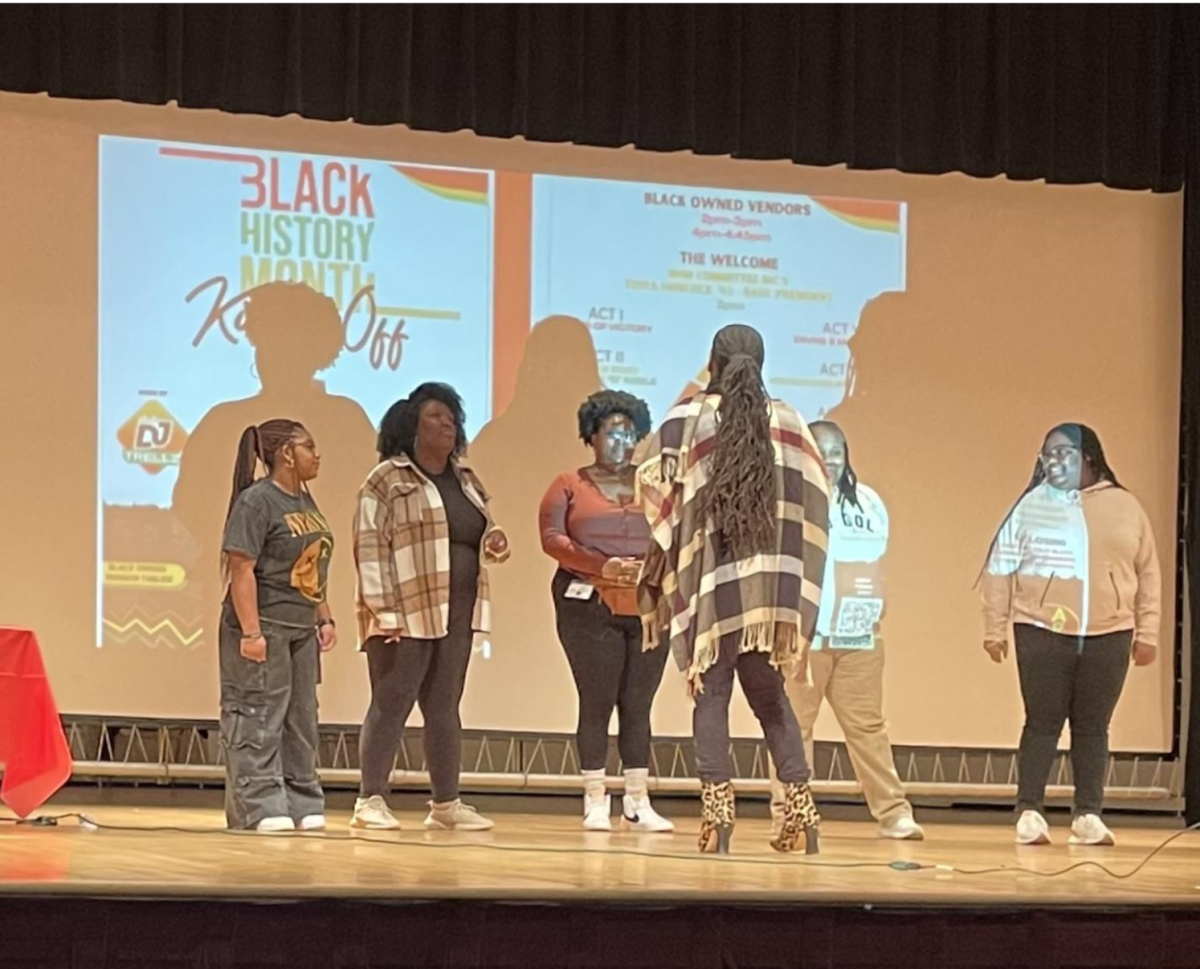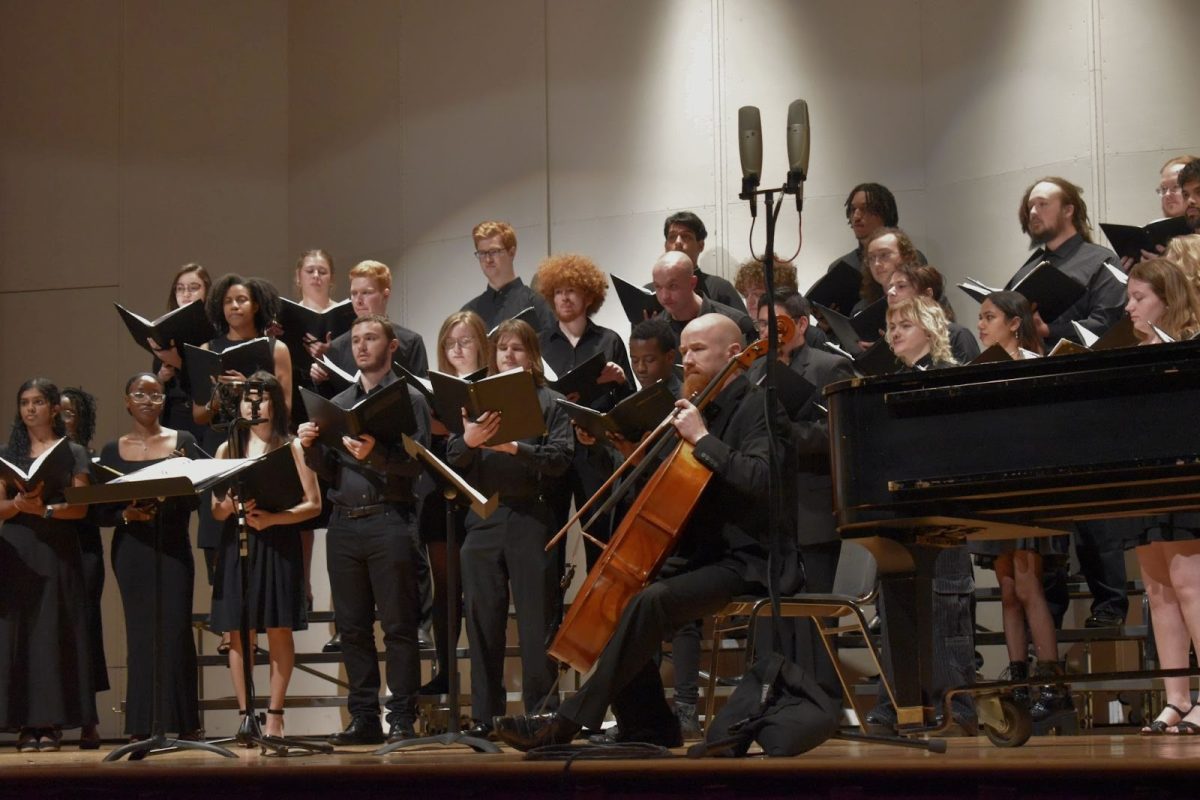Guilford College is known for the campus involvement of its students. Between 40 student organizations and clubs, 18 athletic teams and dozens of events happening every week, students are kept busy.
What some might not know is how students bring their academic involvement outside of campus.
Recently, two events in particular highlighted this form of academic participation. The first is the regional Federal Reserve Challenge, where students knowledgeable in economics from many different colleges competed by creating policy recommendations and presenting their ideas to a panel of judges.
Thomas Driscoll, José Oliva, Austin Seibert, Mason Church and Jacob Hymowitz, all seniors, made up the team that competed on Oct. 28. Along with their adviser Robert Williams, chair and John K. Voehringer Jr. professor of economics, they prepared for the competition for months, sometimes working hours on end before the event.
“This was like two more courses for them to do last week,” said Williams. “We spent at least an hour and a half every day working on this together, and then they spent time at night working on this.”
The team won second place in the competition, beaten only by Appalachian State University. Among the members, there were different ideas of whether this performance was good.
“I feel like we won in a sense because I feel like we put everything out there that they asked for,” said Seibert.
Some felt that they were deserving of victory, the lack of which put a damper on spirits.
“I think all of us on the team, myself included, really thought we were going to win after they gave us the final scenario we had to analyze,” said Church.
What makes second place more impressive, however, is that the Guilford team was going against many colleges that have entire classes devoted to the Federal Reserve Challenge. Comparatively, Guilford’s economics team was almost entirely student organized and student run.
Students also showed their academic prowess at the State of North Carolina Undergraduate Research and Creativity Symposium, an interdisciplinary symposium where undergraduate students presented research, gave oral presentations and showcased exhibitions.
The symposium took place on Nov. 5, with 12 Guilford students and Melanie Lee-Brown, professor of biology and director of undergraduate research and creative endeavors, in attendance. The symposium was located at North Carolina Central University and was expected to have about 450 attendees.
Lee-Brown, in particular, was excited for the symposium, stressing its interdisciplinary features and its significance to students. From Guilford, presenters did research on subject areas such as chemistry, biology, French and computing technology and information systems.
“You can go and watch a performance that could be someone’s dance thesis that they are presenting (or) see social sciences (and) art exhibits,” Lee-Brown said. “It’s a cool meeting because (students) can get outside their own discipline.”
Presenters were equally excited in the days leading up to the event, both to give their own presentations and to see others.
“I like talking about (my research) because I like telling my story and helping people understand what science is like,” said junior Darby Kozan, who gave a presentation titled “Identification of Gene Expression Within the Interpeduncular Nucleus.”
Overall, both events showcased student drive and focus on academic excellence, especially given that the majority of their involvement was self-initiated. While faculty certainly helped students work to the best of their abilities, it was the students themselves that were able to showcase their skills and their research.

















